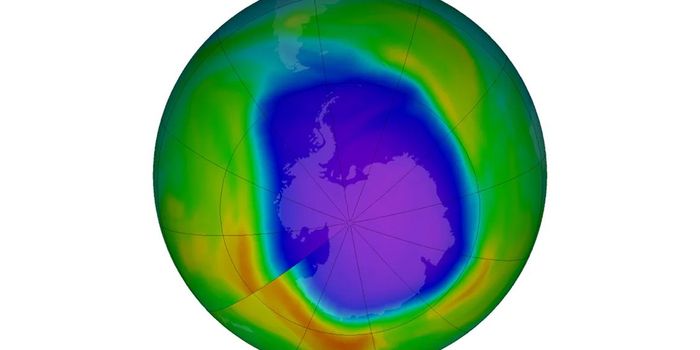Where does the energy go in singlet fission?
New research from scientists at Linköping University, Sweden, describes a recent discovery revealing where the energy lost during singlet fission goes. The results, published in the journal Cell Reports Physical Science, shed light on the mechanisms at play in singlet fission and have implications for improving the efficiency of solar cells.
Singlet fission refers to the molecular photophysics phenomenon that lets photons with higher energy be used and converted to electricity without heat loss. Solar cells are currently limited in their efficiency because they can only absorb at most approximately 33% of the energy in sunlight (photons). That’s because photons have an energy that is either too low (and thus can't be absorbed by the solar cell), or too high (meaning that energy is lost through heat). Singlet fission aims to address photons of the second category, but the mystery of the disappearing energy during the process has hindered progress in the phenomenon.
To consider this mystery, the Linköping team utilized a refined magneto-optical transient method to see the process at the nanoscale level, allowing them to pinpoint at what point in the process the energy was lost.
"Singlet fission takes place in less than a nanosecond, and this makes it extremely difficult to measure. Our discovery allows us to open the black box and see where the energy goes during the reaction. In this way we will eventually be able to optimize the material to increase the efficiency of solar cells", says Yuttapoom Puttisong, senior lecturer in the Department of Physics, Chemistry, and Biology at Linköping University.
First author Yuqing Huang comments, "The actual singlet fission process takes place in the crystalline material. If we can optimize this material to retain as much as possible of the energy from the singlet fission, we will be significantly closer to application in practice. In addition,” Huang concludes, “the singlet fission material is solution-processable, which makes it cheap to manufacture and suitable for integration with existing solar cell technology."
Understanding where the energy goes is an exciting development on the path to greater solar cell efficiency. They say this finding could increase efficiency from the current 33% to over 40%.
Sources: Cell Reports Physical Science, Eureka Alert








